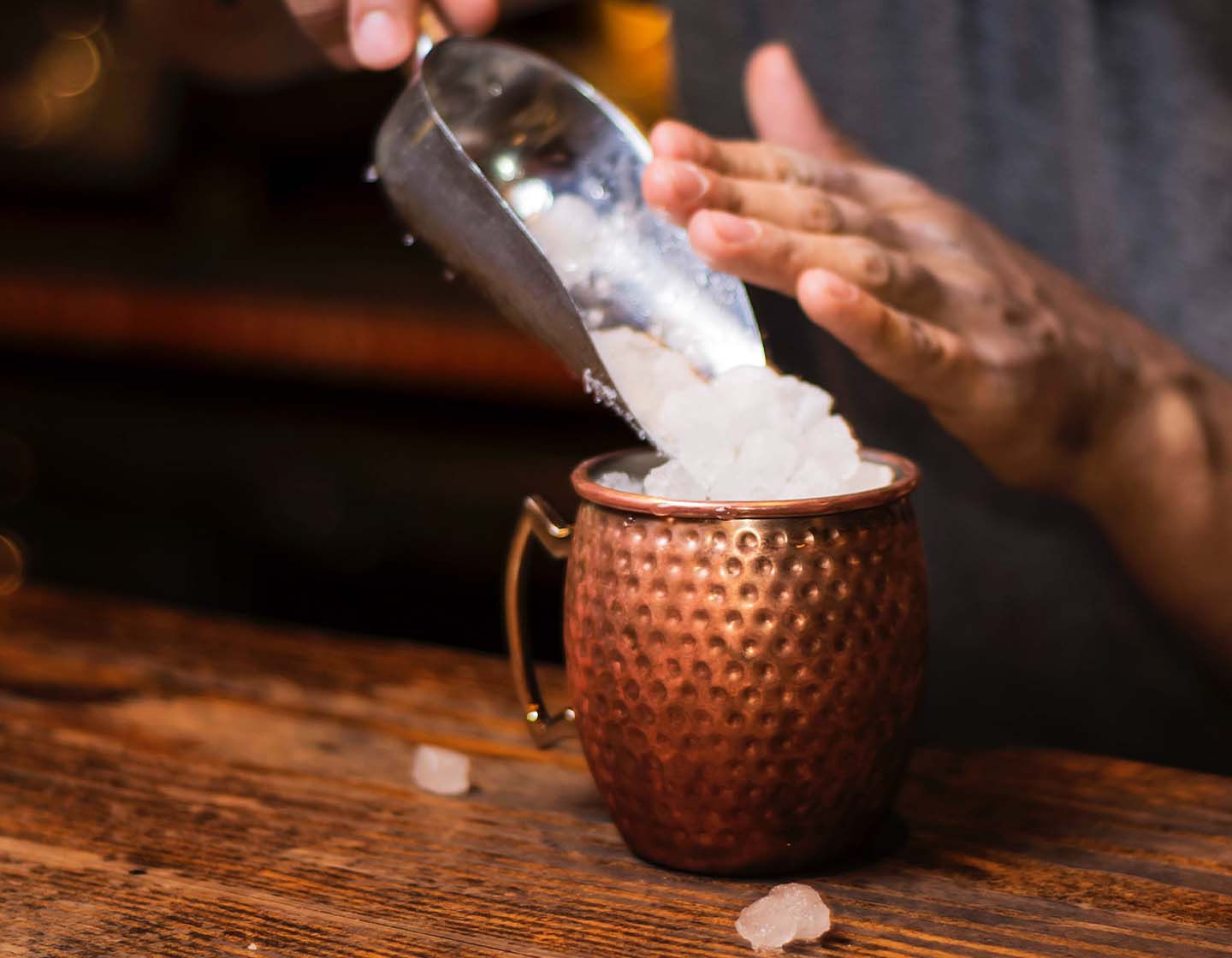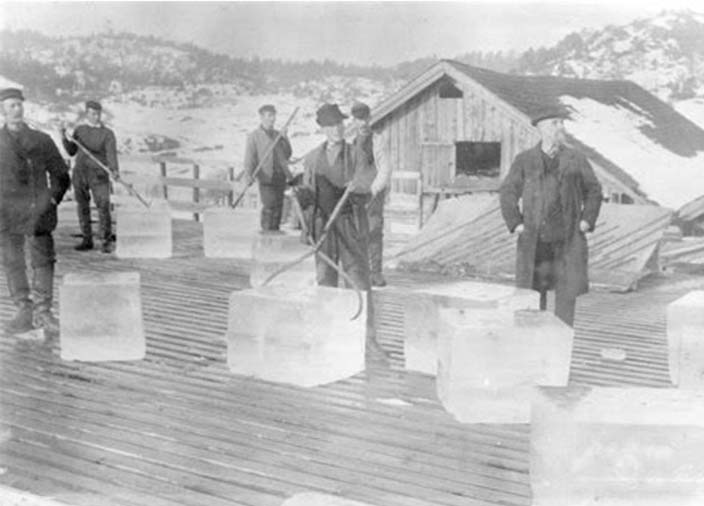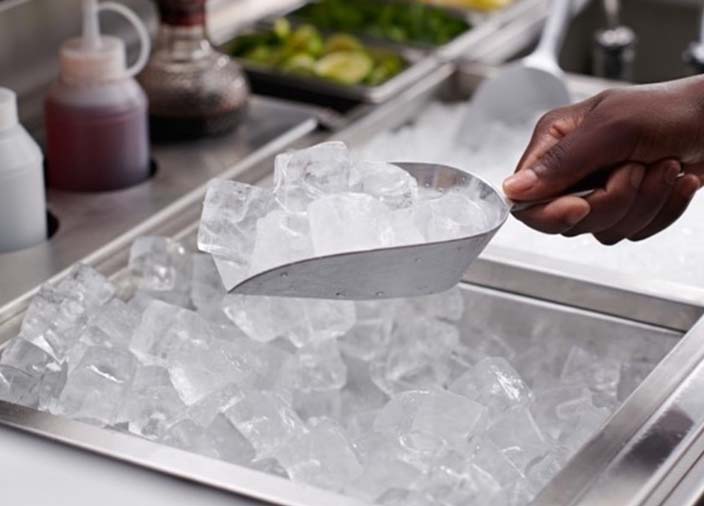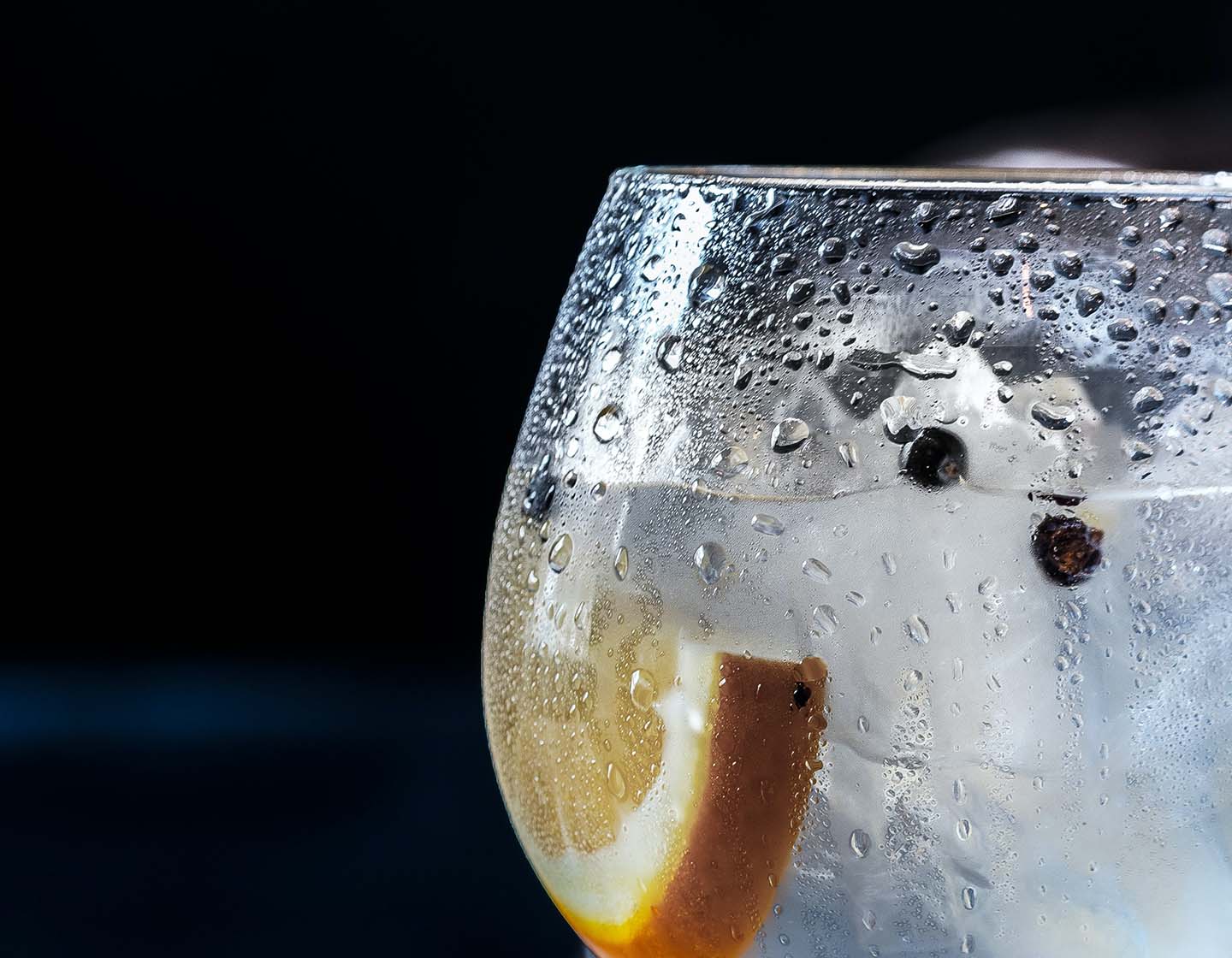
The Complex World of Cocktail Ice
Understand the importance of ice when crafting a cocktail and learn about the different types and ways it influences the final product.
Estimated reading time: 9 minutes
The Importance of Ice

The Importance of Ice
In the world of mixology, each ingredient matters, and ice is no exception.
It may seem inconspicuous, but ice can significantly influence a cocktail's appearance, taste, temperature, and dilution.
Until the recent past, ice was often an afterthought in many bars. While it might have been often overlooked, ice plays a critical role in achieving the right balance. Today, many bars and bartenders have begun to realise how integral great ice is to producing great drinks.
Take a closer look at the history and role of ice in cocktails, some popular styles of ice and some techniques and best practices for making and handling ice.
The Integral Role of Ice in Cocktails
Ice isn't merely a tool to chill; it's a dynamic component that actively interacts with a cocktail's ingredients. As ice melts, it dilutes a drink, subtly altering its flavour profile and mouthfeel.
Whether shaking up a classic Margarita, stirring a sophisticated Martini, or just building a refreshing highball, ice ensures that the cocktail is served at its optimum temperature for the perfect taste.
In the early years of cocktails culture, ice was an almost unknown addition to drinks, available to only the most wealthy and privileged.
By the 1830’s however, a burgeoning trade in ice, harvested from cold climates and shipped around the world, was bringing the marvel of iced drinks to bartenders and drinkers across the globe. (Wondrich, 2007) By necessity rather than design, the ice of the time was often of excellent quality.
Cut in huge blocks from remote, frozen lakes, the bartender would cut, chip and crush ice by hand for their patrons. The invention of modern refrigeration and ice machines however, began the slow and steady decline of ice quality throughout the 20th century and it wasn’t long before ice (as well as many other cocktail ingredients) fell victim to modern consumer convenience.
Rapidly produced, hollow and half-melted ice becoming the norm in most bars. However, the cocktail renaissance of the 21st century has reignited interest and understanding in the importance of ice and great quality ice is once again available in top-calibre bars.
The Varieties of Cocktail Ice

The Varieties of Cocktail Ice
There’s The Varieties of Cocktail Ice than one type of ice, and each variety offers its own distinct characteristics and imposes itself onto your drink in different ways.
Standard Cubes: The everyday heroes of the ice world, these are versatile and perfect for most cocktails, from highballs to simple mixers. Ideally they should be solid cubes rather than hollow cubes.
Large Cubes/Balls: Offering slower melting due to reduced surface area ratio, these are ideal for drinks where minimal dilution is desired, such as premium whisky or craft cocktails.
Crushed Ice: Perfect for Juleps, Tiki drinks, or Swizzles, crushed ice chills rapidly while offering a unique texture. Be cautious of over-dilution however.
Ice Spears: Tall and slender, these are crafted for highball glasses to ensure consistent chilling with a touch of elegance.
Artisanal Shapes: Custom shapes and sizes crafted for special occasions or signature cocktails, often displaying an establishment's style and creativity.
Best Ways to Use Ice

Best Ways to Use Ice
Although abundant, to run a quality bar, you need to carefully consider your ice and how you use it. Focusing on these key points will allow you to offer great quality ice for the perfect drinks.
Handling and Storage
Temperature Control: Using ice at the right temperature ensures optimal dilution. Ice stored in a home freezer might melt faster than ice from commercial machines due to temperature differences.
Always store ice in a drained ice well or ice bucket to minimise “wet ice”.
Always use tongs or an ice scoop to handle ice.
Production - There are two primary ways of producing ice - manually or by ice machine. Ice machines will handle the production process from start to finish. While there are many poor quality ice machines producing inferior ice, better quality machines like Kold-Draft or Hoshizaki will produce excellent quality ice in a range of formats.
Manually-made ice will require more effort to produce good quality results however bar quality ice is attainable using the following techniques:
Quality Water: Start with pure, filtered water to ensure clear, taste-neutral ice.
Boiling for Clarity: Boiling water before freezing can result in clearer ice by reducing air bubbles and impurities.
Directional Freezing: A method where water is frozen from one direction, pushing air and impurities to the opposite side, producing a clearer block.
Enhance your drinks with ice
The modern bar scene has witnessed an evolution in the way ice is perceived and used. It’s grown from being an after-thought to the star of the show in many bars. Some of the ways you can enhance your drinks with ice are:
Ice Programs: Many upscale bars now have dedicated ice programs, offering various sizes, shapes, and purities tailored for specific cocktails.
Flavoured Ice: Ice infused with herbs, fruits, or spices slowly introduces new flavours to the drink as it melts.
Layered Ice: Layers of differently flavoured ice or coloured ice offer a visual and flavour journey as the ice melts and the cocktail evolves.
Ice Branding: Some establishments etch or stamp their logo onto large ice cubes or spheres, adding a touch of branding to the drinking experience.
Note: be familiar with local food safety standards requirements, as home-made ice may not be allowed for commercial use in some markets.
Key Takeaways
Ice is a fundamental component in mixology that greatly affects a cocktail's appearance, taste, temperature, and dilution.
Ideally, ice should be fresh, solid and as un-melted as possible when going into drinks. Wet, melted ice produces over-diluted drinks that don’t remain cold.
Different varieties of cocktail ice, such as standard cubes, large cubes/balls, crushed ice, ice spears, and artisanal shapes, serve specific purposes in drinks, influencing dilution rates and aesthetics.
Depending on your needs, great quality ice can be produced by hand or by machine.
Modern mixology trends have reignited interest in quality ice and high-quality bars now include dedicated ice programs with an array of specialised formats.
Become a member of Diageo Bar Academy for free today and get loads of extras, including exclusive access to our free menus, recipe cards, courses, and more!
Related content

A Guide to Ice Cutting and Carving
Explore the captivating world of ice cutting and carving in drinks making and discover how this Japanese legacy can unlock unparalleled cocktail craftsmanship.
Ice and Glassware Quiz
Know your way around the different types of ice? Understand when to use certain types of glasses? Test yourself on this critical area of bar knowledge with this quiz.
How to Make The Best Frozen Cocktails
Offering a variety of cocktails improves your guest experience. Read on as Ali Reynolds, Former Great Britain World Class Winner, shares how to make great frozen cocktails.
